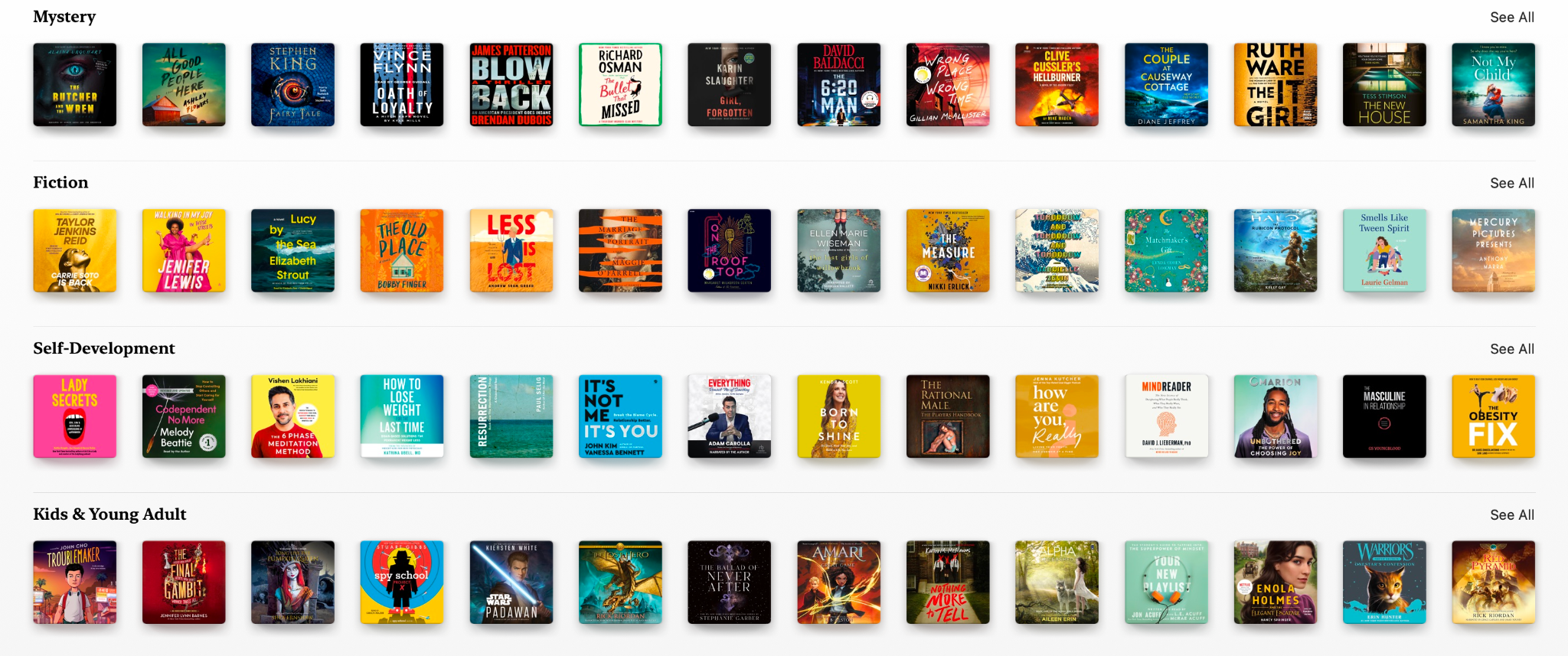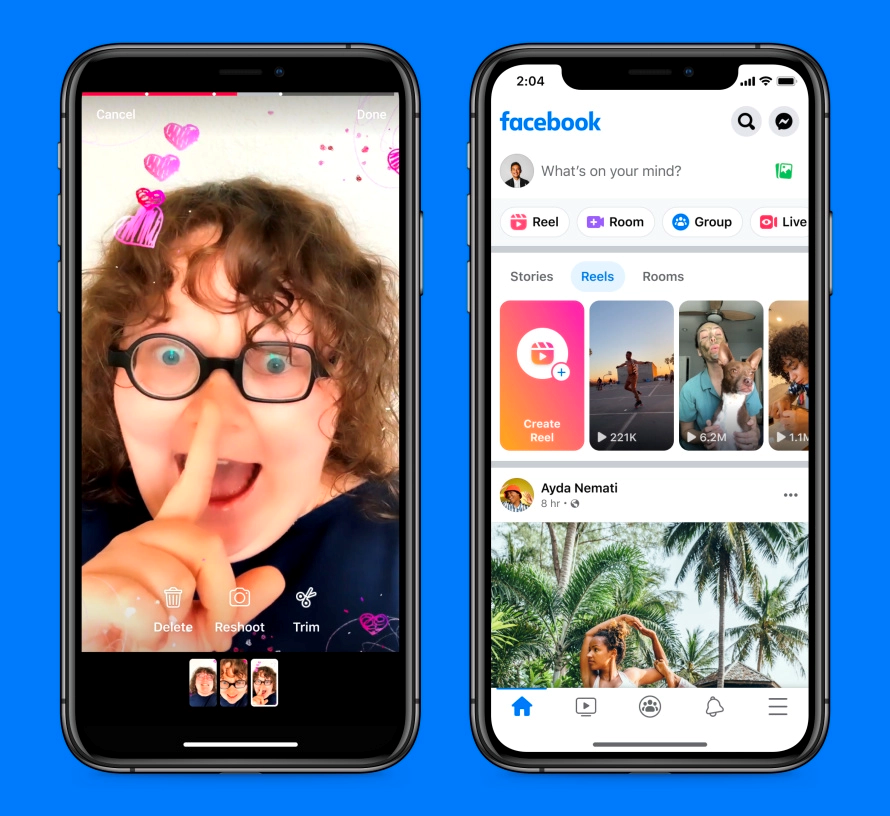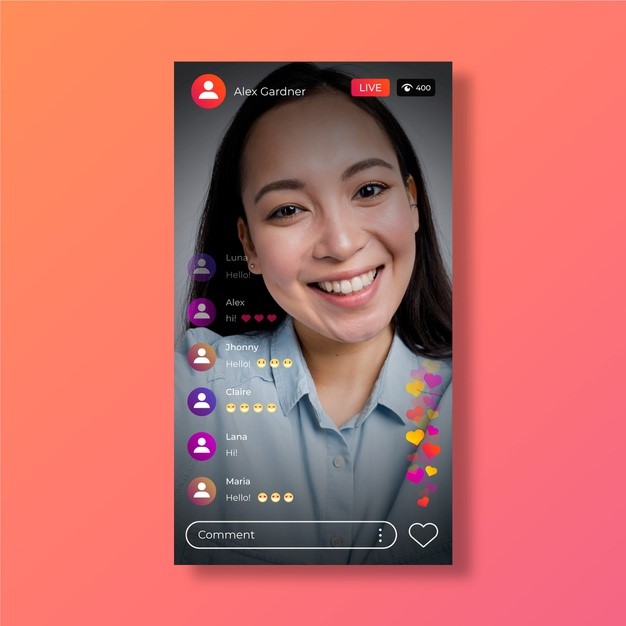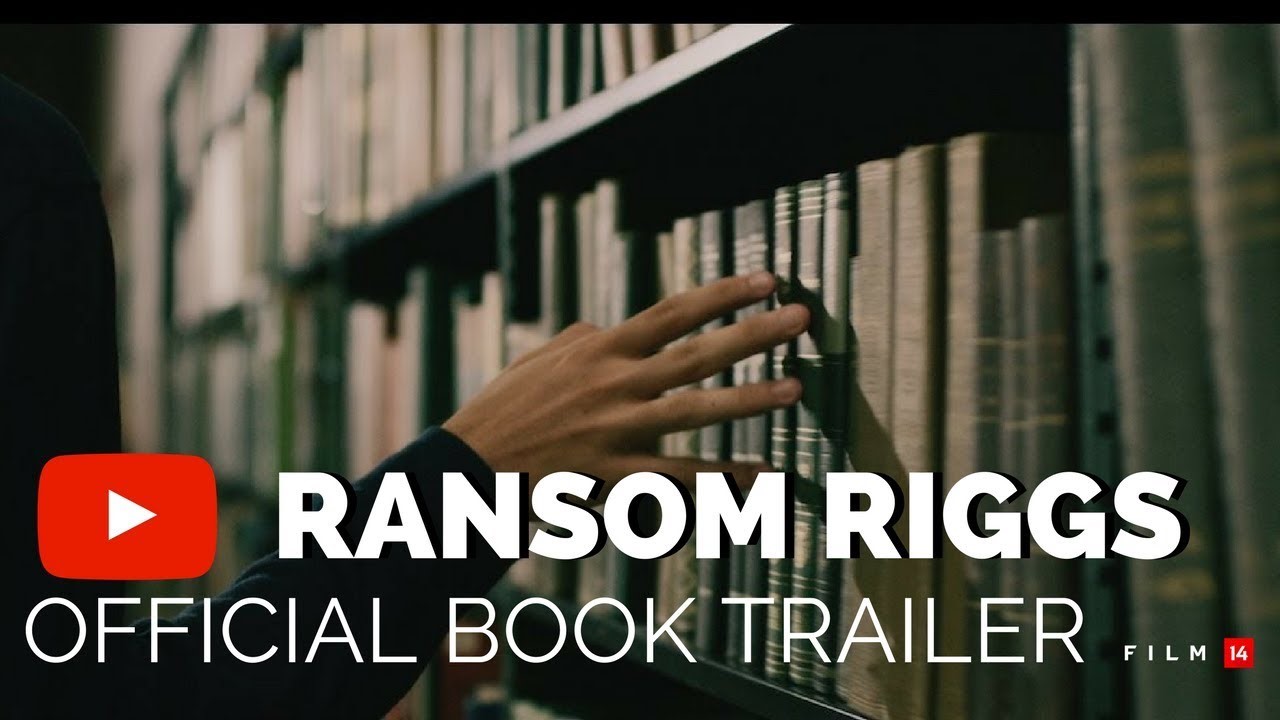Regardless of where an audiobook is in its life cycle—perhaps the book is still being written, it’s in production, or it’s already published—it’s important to be thinking about how to best let the world know about it.
I’ll be sharing many tools and strategies in this article, which might be overwhelming if you think you need to do everything. Luckily, you don’t. Start by picking one thing that resonates with you or that seems like something you’d like to implement. Then, once you’ve experimented and are comfortable, pick another item to test. There’s no magic number of things you need to do, nor is it obvious what will work. You need to see what resonates with and works for your audience.
What We’ll Cover
- Branding basics
- Video, both casual and polished
- Audio, and ways to use it
As you read the tools and tips below, remember that this is all about story. As humans, we want to be taken along for the ride, to hear the ups and downs, and to share in the thrilling moments. If you tell a story in your marketing, you’ll never disappoint.
Branding Basics
What’s the first thing most people will see when they look at a book? The cover! Whether print, digital, or audio—they won’t see reviews first, and they won’t dive right into the story before they take a gander at the artwork on the front.
So, we want to make sure the cover sets the right tone and conveys the appropriate expectations.

Items to consider for your cover artwork:
- Do the images used match the style and feel of the genre?
- What are the visual tropes of the genre, and are you using any of them?
- Are your graphics and logos consistent everywhere people can find the book?
If you have work to do, research other books in the genre to see how you can pique interest and create a stronger impression.
Video, Both Casual and Polished
There are plenty of ways to create video content without having a professional studio and without taking hours of your or your authors’ time. You can have your authors be on camera or share other visuals (pictures, their office, etc.).
Short and Casual Videos

- Share today’s work (writing, editing, outlining, brainstorming).
- Give a look behind the scenes with updates.
- Dive into the different parts of the publishing process.
- Send a thanks or special message to the author’s fans and readers.
These can all be shot right on a phone, and need little-to-no editing. Just upload the clip and trim the very beginning and the very end before posting—this helps to clean up any delays or awkwardness, perhaps when trying to finding the right button or figuring out where to look.
Bonus: If you create a one minute (or less) version of the video, that will work on every social media platform as-is. No further editing needed.
Causally Ambitious Videos

- Go “LIVE” on a social platform, like Facebook or Instagram.
- Answer questions, chat with a guest, or just talk (ramble at your own discretion).
- Utilize some of the same prompts mentioned above.
Bonus: No editing needed! When you’re done broadcasting, you can feature the replay for others to find later.
More Polished Videos

- Book trailers: Even without an audio version, hire a pro to narrate part of the book description, then create a video using photos and/or stock footage.
- About videos: you, your services, your book, your catalogue
- Teaching a concept: how-to for writing, characters, or dialogue
These will all usually require a bit more editing, but you don’t need to be Spielberg. You can either learn some of the simple editing software available, or hire someone who specializes in these projects. Look at sites like upwork.com to find reputable and affordable freelancers.
Audio, and Ways to Use It
You can reach new listeners with podcasts. There are plenty of shows out there that talk about writing and all genres of books. Plus, being interviewed for a podcast is a natural fit for an audiobook because you are reaching an audience that already demonstrates they enjoy and will find audio content. It’s also a great way to reach new fans who may not have known about the author’s work through the print or e-book options. Some readers, for example, only listen to books—that may be because of need (vision issues, arthritis, dyslexia) or because of desire (long commute, gym, chores).

Create your Own Podcast
- Interview guests.
- Share content from your author’s catalogue of books.
- Expand on concepts that your author writes about.
Or, if you prefer to leave the hosting up to others, get on shows to talk about the author’s work.
Create a Podcast Tour
This is similar to visiting different bookstores in person, yet here it’s all digital. An author can “appear” on a number of different podcasts around the same time frame—for example, around the launch of the audiobook.
How does this work?
- Research podcast shows for ones that would fit your genre and topic—there is at least one (if not multiple) podcast for just about any topic out there. For fiction writing, you can find podcasts that cover history, romance or science fiction. For nonfiction writing, there are podcasts on technology, self-help, and science.
- Reach out to shows at different levels. While it’s always nice to be on the No. 1 podcast, getting that spot will be difficult. Target shows that are both established but still growing, and a few mid-tier shows; this approach will increase your reach and your likelihood of being chosen.
- Be interviewed solo or bring your narrator along to speak about the creative process of audiobook production.
- Additional topics include your inspiration and influences, the writing process, and what you want audiences to experience by reading or listening.
Bonus: Be sure to share a clip of the audiobook (if produced) with the podcast host; they can easily drop a sample right into the show, giving listeners a preview, and the host can also post the clip on the podcast website.
Tools to Use for Audio Content
Currently, no platform allows you to directly upload an audio file (like an MP3, WAV, etc.), so we need a workaround: audiograms.
Audiograms are simply audio files that have been turned into videos, which then allows you to share that content on social media platforms. At the simplest level, you take your audio file, add a static image or photo, and you now have a video to share.
Your audio could be a clip of your author talking, an excerpt of their audiobook, or an interview of them on a podcast.
- Canva.com – This site is a one-stop-shop for easy and great-looking DIY graphic design, images, videos, and more.
- Headliner.app – You can turn your audio easily into a video. Use graphics you’ve created in Canva, and Headliner also has built-in tools.
Nathan Agin is an actor, marketer, and audiobook narrator/producer. He has completed over 40 audiobooks, including titles for HarperCollins, Penguin Random House, and Blackstone Publishing. He has also narrated 100+ articles for New York Times best-selling author Mark Manson (The Subtle Art of Not Giving a F*ck). As an author, he self-published and narrated his own book, A Beginner's Meditation Course. He brings 10+ years of web design, email marketing, and social media experience to his work as an audiobook coach and consultant. Learn more at audionathan.com.